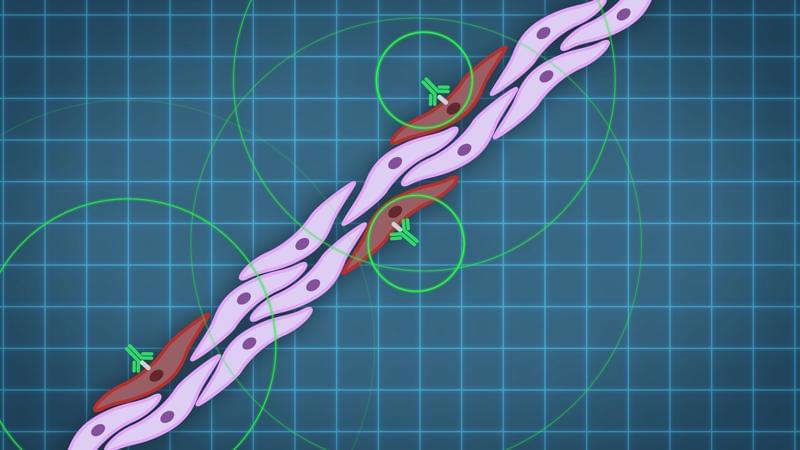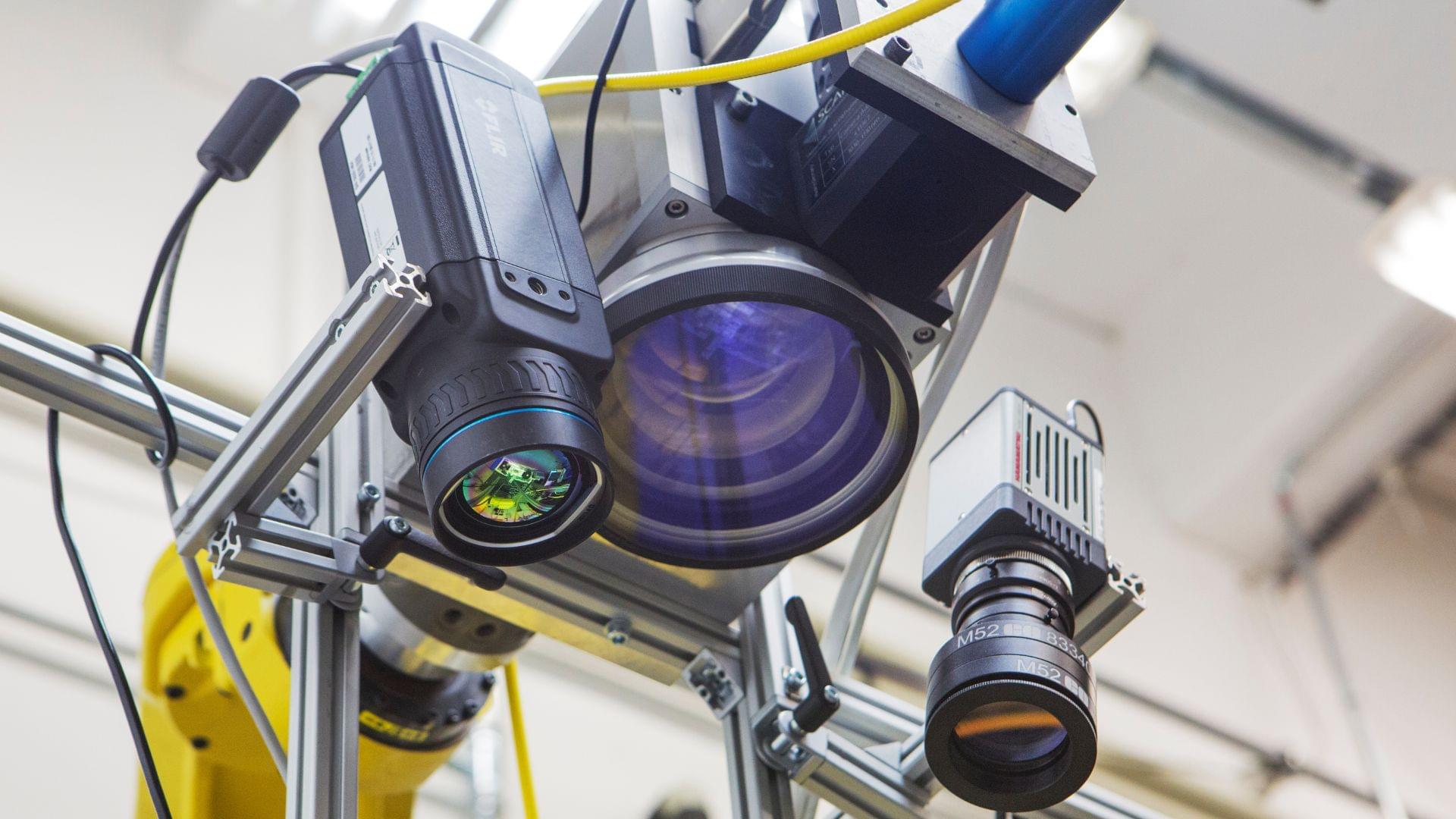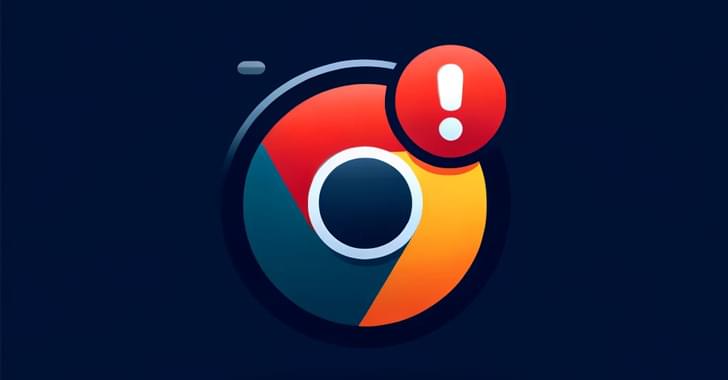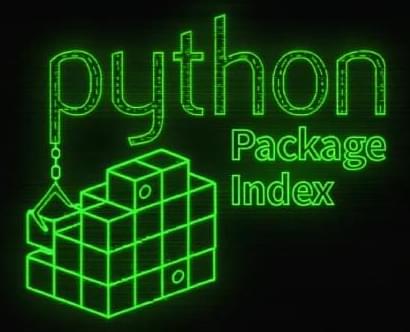Microsoft patched CVE-2025–55241 July 17, 2025; CVSS 10.0 Entra ID bug via legacy Graph enabled cross-tenant impersonation risking tenant compromise.


To learn for free on Brilliant, go to https://brilliant.org/mattbatwings/
You’ll also get 20% off an annual premium subscription.
Patreon: https://www.patreon.com/mattbatwings.
Discord: https://discord.gg/V5KFaF63mV
My socials: https://linktr.ee/mattbatwings.
My texture pack: https://modrinth.com/resourcepack/mattpack.
World Download: (JAVA 1.21.4) https://www.planetminecraft.com/project/redstone-powder-simulation/
Powder Pack: https://drive.google.com/file/d/1_Ec7NOa_Dou_NKmCX-EbEDT-y6p…sp=sharing.
Powder Sims used in this video:
https://dan-ball.jp/en/javagame/dust2/
https://sandboxels.r74n.com/
Thank you again @bratworst for all your help! His powder sim: https://youtu.be/FUlX9AomkU8
Thumbnail made by @Activation123

An unusual therapy developed at The Jackson Laboratory (JAX) could change the way the world fights influenza, one of the deadliest infectious diseases. In a new study in Science Advances, researchers report that a cocktail of antibodies protected mice—including those with weakened immune systems—from nearly every strain of influenza tested, including avian and swine variants that pose pandemic threats.
Unlike current FDA-approved flu treatments, which target viral enzymes and can quickly become useless as the virus mutates, this therapy did not allow viral escape, even after a month of repeated exposure in animals. That difference could prove crucial in future outbreaks, when survival often depends on how quickly and effectively doctors can deploy treatments and vaccine development will take about six months.
“This is the first time we’ve seen such broad and lasting protection against flu in a living system,” said Silke Paust, an immunologist at JAX and senior author of the study. “Even when we gave the therapy days after infection, most of the treated mice survived.”



Scientists observing from boats knew little of the underwater behavior of the world’s smallest marine dolphin, the Hector’s dolphin.
Now, a paper has revealed a hidden world—including an array of acrobatics. The research is published in the journal Conservation Letters.
Barrel rolls, dives up to 120m deep, and upside-down feeding near the sea floor were behaviors discovered through tracking devices.

Does alcohol enhance one’s foreign language fluency? Do West African lizards have a preferred pizza topping? And can painting cows with zebra stripes help repel biting flies? These and other unusual research questions were honored tonight in a virtual ceremony to announce the 2025 recipients of the annual Ig Nobel Prizes. Yes, it’s that time of year again, when the serious and the silly converge—for science.
Established in 1991, the Ig Nobels are a good-natured parody of the Nobel Prizes; they honor “achievements that first make people laugh and then make them think.” The unapologetically campy awards ceremony features miniature operas, scientific demos, and the 24/7 lectures whereby experts must explain their work twice: once in 24 seconds and the second in just seven words.
Acceptance speeches are limited to 60 seconds. And as the motto implies, the research being honored might seem ridiculous at first glance, but that doesn’t mean it’s devoid of scientific merit. In the weeks following the ceremony, the winners will also give free public talks, which will be posted on the Improbable Research website.


